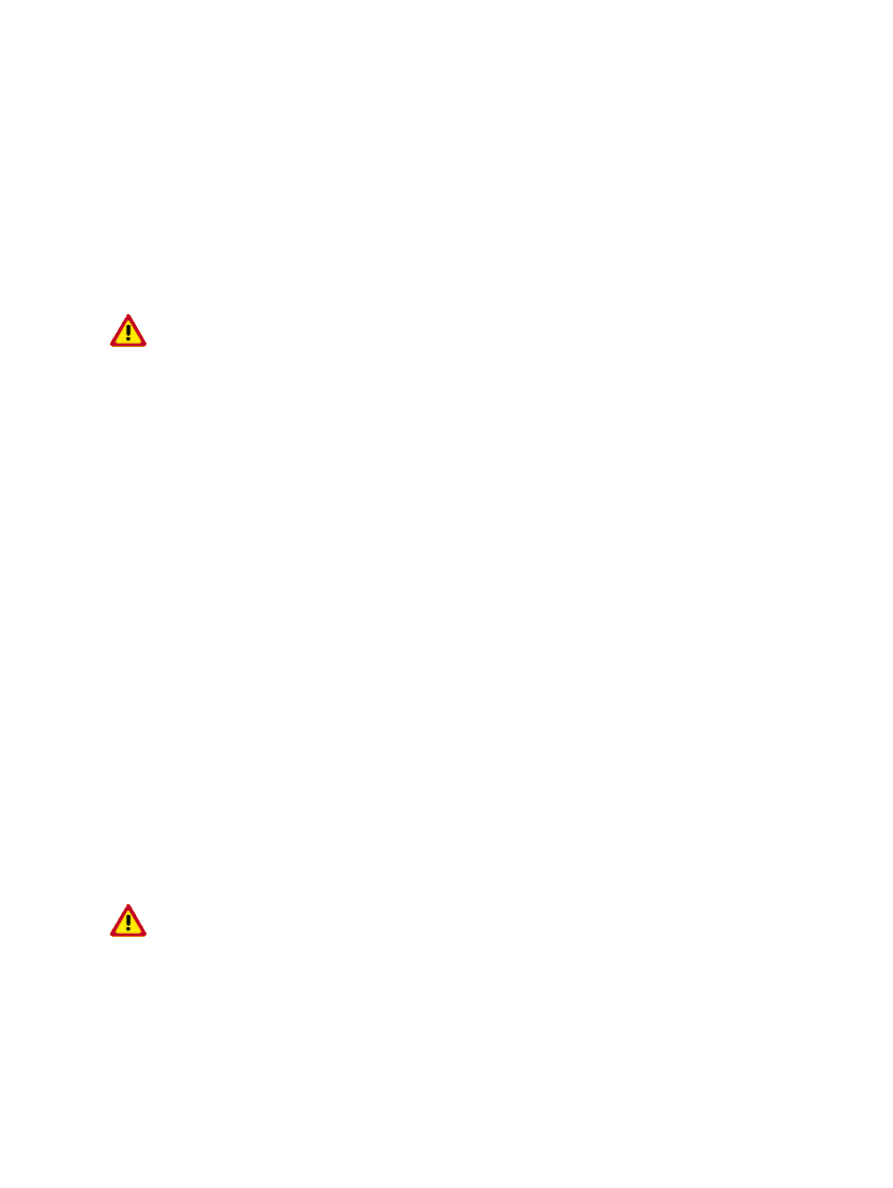Content .. 1197 1198 1199 1200 ..
Porshe 911 (997). Manual - part 1199

General safety regulations for refrigerants
ATTENTION
Extreme heating of air-conditioning system e.g. from sunlight shining into the vehicle or as a result of
welding and soldering work.
Danger of fire due to excessive heating of air conditioning.
•
Danger of environmental pollution due to emerging refrigerant.
•
→ When carrying out repairs on the air-conditioning system, the system must be emptied by suction
and the refrigerant must be purified. Chlorine-free refrigerants must also not be allowed to escape
into the atmosphere and must be disposed of correctly.
→ Due to their chemical composition, different refrigerants must not be mixed with each other! This
also applies for smaller quantities.
→ No welding, soldering or hot-air heating may take place on parts of the filled air-conditioning
system or in its immediate vicinity.
→ While drying after painting work, the temperature burden on the vehicle must not exceed two
hours at a maximum temperature of 80°C.
→ Whether or not the system is filled with refrigerant, the heating causes a very strong overpressure
which can cause damage to the system or even lead to an explosion.
→ R 134a is completely non-toxic at normal temperatures, but it decomposes upon contact with a
flame or at high temperatures.
→ Refrigerant bottles must not be thrown and must not be subjected to direct sunlight or other heat
sources for an extended period when full.
→ The maximum permissible temperature of a filled refrigerant bottle must not exceed 45 °C.
→ Risk of injury! High temperatures from open flames or hot solids causes chemical breakdown of
refrigerant gas. Inhalation of the resulting breakdown products leads to coughing and nausea.
WARNING
Contact with liquid or gaseous refrigerant.
The refrigerant attacks the skin and damages the skin's surface.
•
→ Wear rubber gloves to protect your hands.
→ Treat affected skin in the same way as in the case of freezing. Rinse immediately and then consult a
physician.
4953